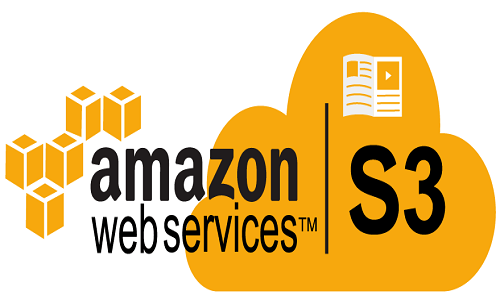What are the key components of AWS's global infrastructure
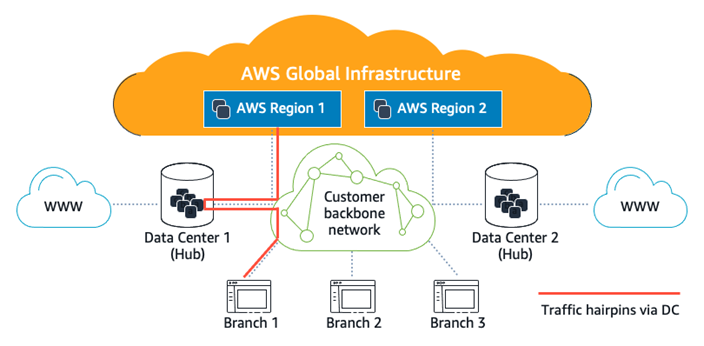
The key components of AWS's global infrastructure
- AWS cloud computing growth is comparably higher than the other cloud platforms in the market due to its scalability, cost-efficiency, and innovative services.
- Organization worldwide utilizes AWS due to the dynamic feature of AWS to enhance performance.
- With its pay-as-you-go pricing model, IT and non-IT can optimize their services based on their organization's needs and avoid significant upfront investments.
- The reason for its adoption across various industries and companies due to its reliable solutions for their sensitive data
- Its hybrid and multi-cloud architecture offerings, combined with disaster recovery capabilities, analytics, AI, and serverless computing, cater to diverse business needs.
- These crucial features empower businesses to innovate, scale, and remain competitive in a dynamic technological landscape.
Now, we shall discuss in detail the critical components of AWS.
Amazon Web Services (AWS) maintains a global infrastructure comprising several vital components to provide reliable and scalable cloud computing services. Some of them are discussed here:
Regions: The world is divided into geographic regions by AWS, each comprising several Availability Zones. Each region has its cluster of data centers. Regions include the US East (Northern Virginia), EU (Ireland), Asia Pacific (Tokyo), etc.
Availability Zones (AZs):
- A facility is an availability zone and may be found in either a rural or urban area. We can place several servers, switches, load balancing, and firewalls inside this facility or the data center. The data centers house the objects that communicate with the cloud.
- Multiple data centers can make up an availability zone. However, only one availability zone is counted if they are close together.
Edge Locations: AWS offers a global network of edge locations. AWS's Content Delivery Network (CDN) service, Amazon CloudFront, uses these locations. They aid in the distribution of content and the reduction of latency by caching content closer to users.
Data Centers: The physical data centers in the center of each region are home to the servers, storage, and networking hardware that underpin AWS services.
Global Content Delivery: AWS CloudFront, the content delivery service, uses a network of edge locations to distribute content globally with low latency.
Direct Connect Locations: These are network sites where users can connect to AWS via a dedicated network. As a result, communication between a customer's on-premises infrastructure and their AWS resources becomes more efficient and lower-latency.
AWS Direct Connect Gateway: Through this hub, numerous Virtual Private Clouds (VPCs) located in various AWS regions are linked by a single Direct Connect connection.
AWS Global Accelerator: This service aids in enhancing the performance and accessibility of apps with regional or international user bases. To route traffic to the best AWS endpoints, it makes use of the worldwide AWS network.
Regional Edge Caches: AWS services use these to enhance content delivery, boost performance, and reduce the burden on origin servers.
Networking Backbone: Regions, Availability Zones, and data centers are connected via AWS's worldwide network backbone. The numerous components of AWS's architecture can communicate and transmit data more quickly due to this network infrastructure.
Elastic Load Balancing: This service automatically breaks up incoming application traffic among several targets in one or more Availability Zones, including Amazon EC2 instances, containers, and IP addresses.
Global Database Replication: With the help of database services from AWS like Amazon RDS and Amazon DynamoDB, high availability, and disaster recovery are made possible across regions via global replication and failover.
AWS Wavelength: With the help of this service, AWS computational resources and 5G networks at the edge of the network may communicate with extremely low latency.
These components work together to provide AWS's customers with a highly available, scalable, and flexible global cloud infrastructure. Now that you would have understood the key components of AWS's global infrastructure.
Find a course provider to learn Amazon Web Services Foundation
Java training | J2EE training | J2EE Jboss training | Apache JMeter trainingTake the next step towards your professional goals in Amazon Web Services Foundation
Don't hesitate to talk with our course advisor right now
Receive a call
Contact NowMake a call
+1-732-338-7323Take our FREE Skill Assessment Test to discover your strengths and earn a certificate upon completion.
Enroll for the next batch
aws foundations training
- Dec 8 2025
- Online
aws foundations training
- Dec 9 2025
- Online
aws foundations training
- Dec 10 2025
- Online
aws foundations training
- Dec 11 2025
- Online
aws foundations training
- Dec 12 2025
- Online
Related blogs on Amazon Web Services Foundation to learn more

How to become AWS certified cloud practitioner
Learn how to become certified and enhance your career prospects and salary potential with this certification.

What is the Future Scope of AWS Jobs in the US
Discover the future of AWS jobs in the US, with a growing demand for skilled professionals and AWS jobs in US.

Best AWS Courses: Top 5 High-paying AWS certification path
5 high-demand certifications demonstrate expertise in cloud computing and can significantly boost your career prospects and salary potential.

Strengthen your skills with AWS 6 training programs to learn cloud computing
Enhance your career prospects and stay ahead in the industry with this comprehensive training on AWS cloud computing.
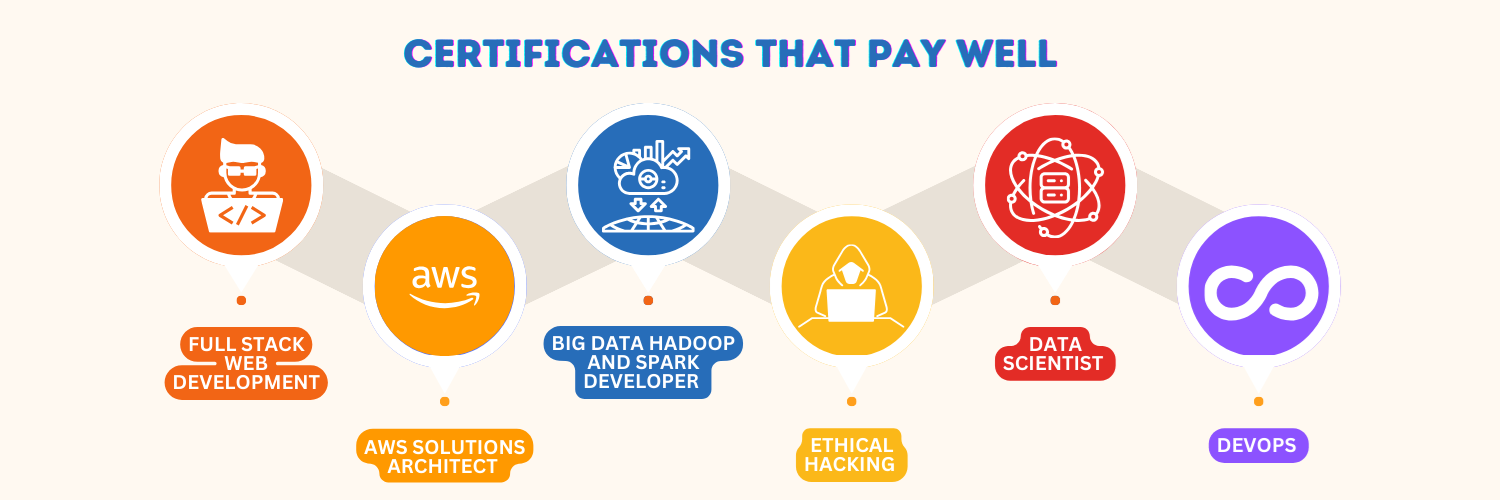
6-month certificate programs that pay well in 2024
Several reasons exist for the proliferating demand for IT certifications in the technological landscape. Forestmost is the rapid and evolving of new technology. Career opportunities increase across various industries and sectors as new technology eme
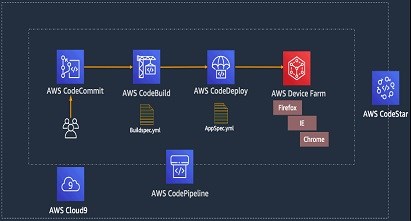
How does AWS CodeBuild and CodeDeploy support the DevOps lifecycle?
Many top organizations worldwide are shifting to DevOps practices because it combine techniques, tools, and philosophies to improve the deliverance of applications and services quickly. With the aid of these DevOps practices, we evolve and improve pr
Latest blogs on technology to explore

From Student to AI Pro: What Does Prompt Engineering Entail and How Do You Start?
Explore the growing field of prompt engineering, a vital skill for AI enthusiasts. Learn how to craft optimized prompts for tools like ChatGPT and Gemini, and discover the career opportunities and skills needed to succeed in this fast-evolving indust
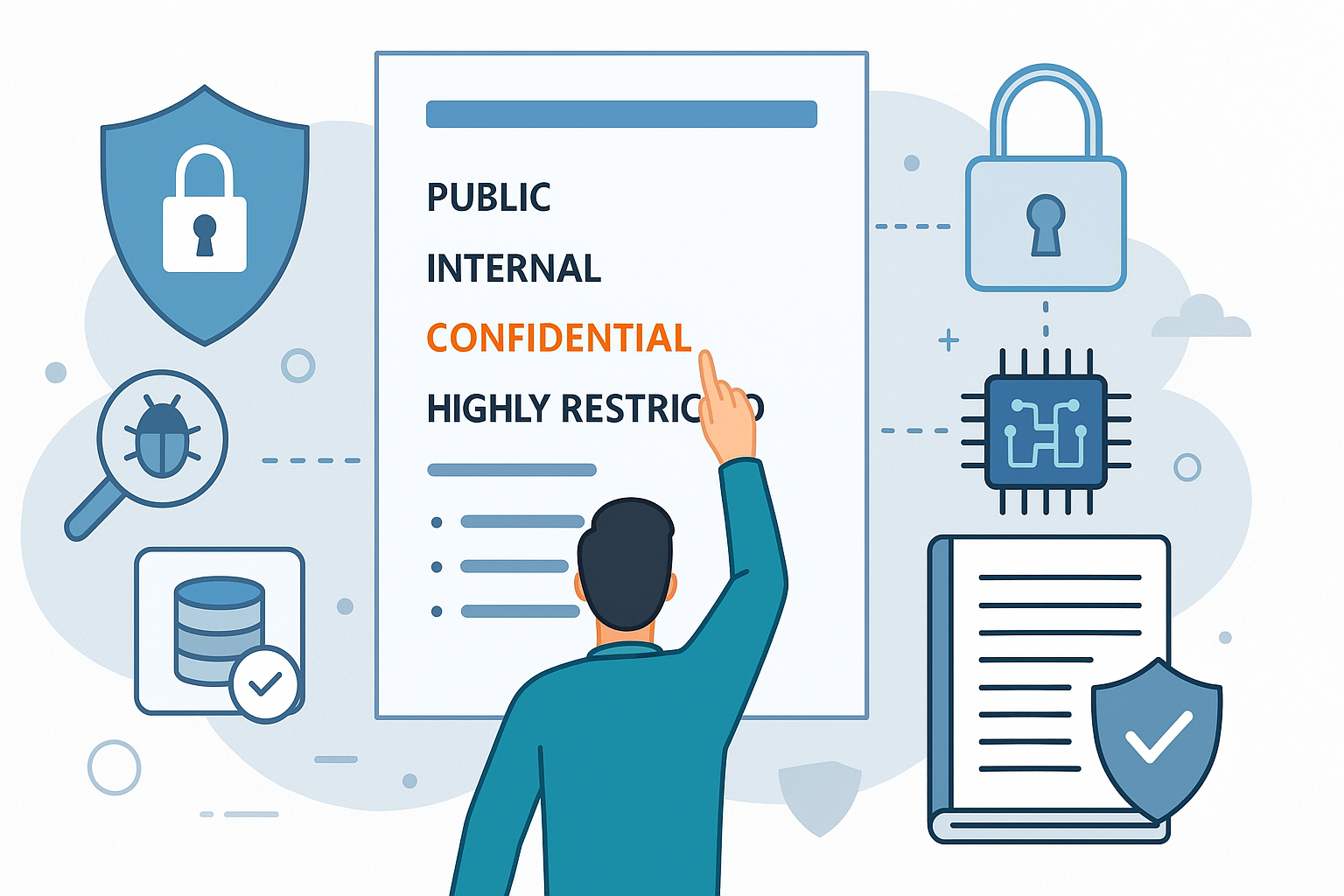
How Security Classification Guides Strengthen Data Protection in Modern Cybersecurity
A Security Classification Guide (SCG) defines data protection standards, ensuring sensitive information is handled securely across all levels. By outlining confidentiality, access controls, and declassification procedures, SCGs strengthen cybersecuri

Artificial Intelligence – A Growing Field of Study for Modern Learners
Artificial Intelligence is becoming a top study choice due to high job demand and future scope. This blog explains key subjects, career opportunities, and a simple AI study roadmap to help beginners start learning and build a strong career in the AI

Java in 2026: Why This ‘Old’ Language Is Still Your Golden Ticket to a Tech Career (And Where to Learn It!
Think Java is old news? Think again! 90% of Fortune 500 companies (yes, including Google, Amazon, and Netflix) run on Java (Oracle, 2025). From Android apps to banking systems, Java is the backbone of tech—and Sulekha IT Services is your fast track t

From Student to AI Pro: What Does Prompt Engineering Entail and How Do You Start?
Learn what prompt engineering is, why it matters, and how students and professionals can start mastering AI tools like ChatGPT, Gemini, and Copilot.

Cyber Security in 2025: The Golden Ticket to a Future-Proof Career
Cyber security jobs are growing 35% faster than any other tech field (U.S. Bureau of Labor Statistics, 2024)—and the average salary is $100,000+ per year! In a world where data breaches cost businesses $4.45 million on average (IBM, 2024), cyber secu

SAP SD in 2025: Your Ticket to a High-Flying IT Career
In the fast-paced world of IT and enterprise software, SAP SD (Sales and Distribution) is the secret sauce that keeps businesses running smoothly. Whether it’s managing customer orders, pricing, shipping, or billing, SAP SD is the backbone of sales o

SAP FICO in 2025: Salary, Jobs & How to Get Certified
AP FICO professionals earn $90,000–$130,000/year in the USA and Canada—and demand is skyrocketing! If you’re eyeing a future-proof IT career, SAP FICO (Financial Accounting & Controlling) is your golden ticket. But where do you start? Sulekha IT Serv

Train Like an AI Engineer: The Smartest Career Move You’ll Make This Year!
Why AI Engineering Is the Hottest Skillset Right Now From self-driving cars to chatbots that sound eerily human, Artificial Intelligence is no longer science fiction — it’s the backbone of modern tech. And guess what? Companies across the USA and Can
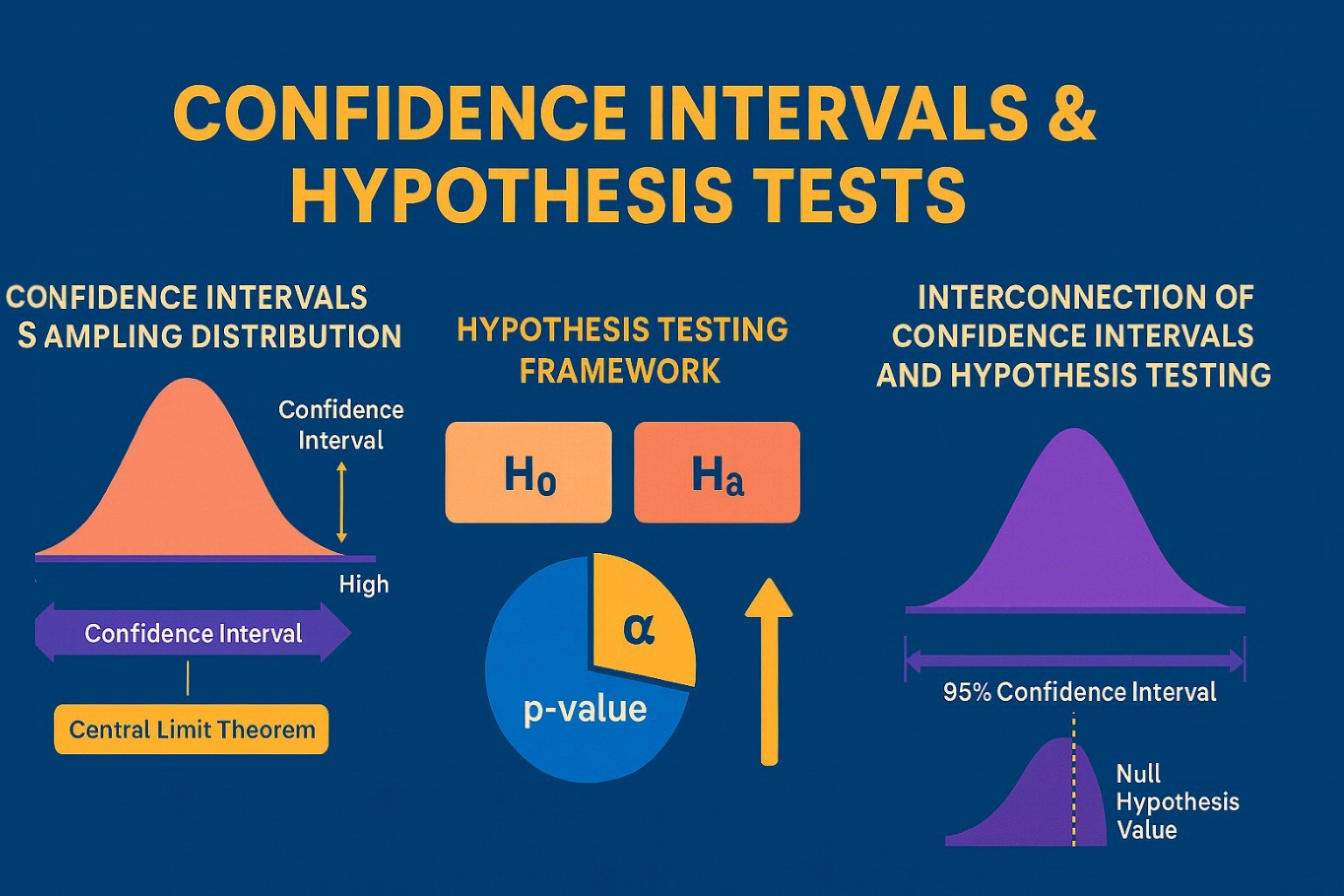
Confidence Intervals & Hypothesis Tests: The Data Science Path to Generalization
Learn how confidence intervals and hypothesis tests turn sample data into reliable population insights in data science. Understand CLT, p-values, and significance to generalize results, quantify uncertainty, and make evidence-based decisions.


